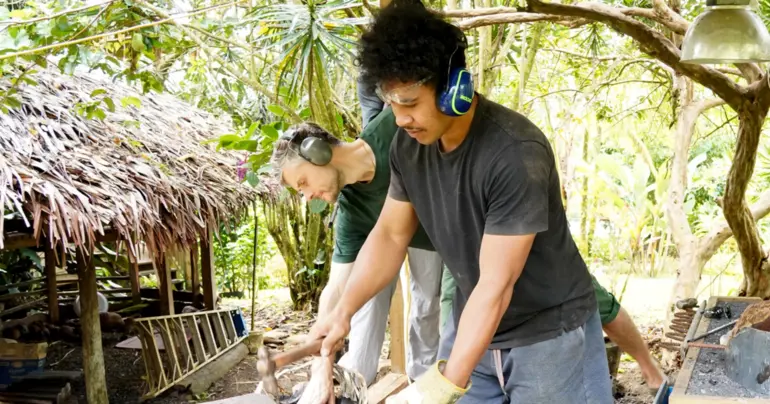The Infamous Rotator Cuff – what, how, when, and why do we injure it?
It seems like the rotator cuff is talked about constantly; everyone, from athletes, grandmothers, and the guy down the street, has injured their rotator cuff. But what IS the rotator cuff? And since it’s mentioned everywhere, how come we don’t know more about it? This article aims to tackle this by shedding light on what makes up the rotator cuff, its role in shoulder movement, how we can prevent shoulder injuries from happening and rehabilitating the shoulder by targeting the rotator cuff.
The Rotator Cuff
The shoulder is an incredibly mobile joint that moves in many different planes. The rotator cuff is made up of 4 muscles that work to stabilise the shoulder joint and hold your humerus (the bone of your arm) in its socket. The four muscles can be remembered by using the acronym SITS; supraspinatus, infraspinatus, teres minor, and subscapularis. These muscles work to rotate the shoulder outwards (as if you’re doing a back-hand in tennis), rotate the shoulder inwards (as if you’re doing a front-hand in tennis) and take the shoulder out to the side (as if you’re lifting your arm to the side of you). When one or more of these muscles are weakened or damaged, the humerus shifts out of place and can cause pain either in a specific spot, with specific movements, or all over the shoulder area. If the injury to the rotator cuff has happened a while ago, the shoulder can adapt and get used to different patterns of movement over time which can cause pain to other parts of your body like the neck, upper back, or down the arm.
How and why do we injure it?
Rotator cuff injuries most commonly occur in athletes who do a lot of overhead movement (weightlifters, tennis players, netballers) but can happen to anyone. Common ways to injure the rotator cuff, outside of sport, are falling on an outstretched hand, landing on the shoulder after a fall, unexpectedly overloading the shoulder like catching a heavy falling object or lifting a heavy object overhead like putting a heavy box on a shelf above you. Injuries to the rotator cuff happen often, simply because of the high frequency at which we use the shoulder.
How can we prevent injuring it?
The best way to prevent injury to the rotator cuff is by strengthening it. By making the muscles of the rotator cuff stronger it is more likely that your shoulder will be able to handle what you demand of it, whether that be carrying heavy grocery bags up the stairs or improving your jump serve in a volleyball game. There are rotator cuff strengthening programs online that are simple to follow, but it is best to consult with a health professional, like a physiotherapist, on which program could be the best fit. Remember to pay attention to your body when training; it is okay to de-load or take a break when you aren’t confident in your shoulder’s ability to perform.
When to see a professional/what will they do?
The earlier the better. You can see a physiotherapist whenever you can after you injure your rotator cuff, whether that be the day of your injury or months to years down the line. However, your rehabilitation and recovery are more likely to have better outcomes the earlier you see them; your recovery time will likely be shorter if you see a physiotherapist early and you’ll be able to get back to activities you enjoy faster. They will prescribe exercises that are specific to your injury and how it affects your daily life. Your physiotherapist will be able to take into account your physical activity level, your goals for rehabilitation, and what you have available to you to carry out the rehabilitation. Your physiotherapist will know how to tailor the exercises for the rotator cuff to the level of a professional athlete who wants to play rugby, a grandmother who wants to return to sewing without pain, and the guy down the street who just wants a pain-free shoulder.
Eliana Viali is a physiotherapist and can be contacted at [email protected] for further inquiries











